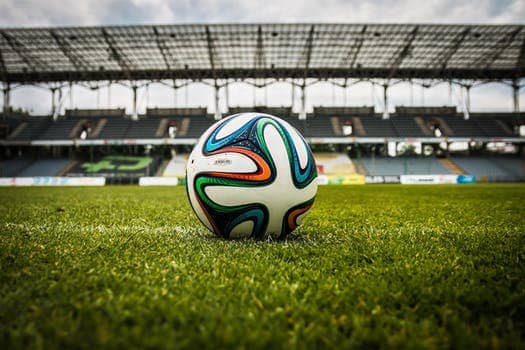Hi, Everyone! I wanted to pop in and update you on what has been happening since I wrote the Downfall of Youth Sports series last winter.
downfallofyouthsports
The Downfall of Youth Sports – Part 3: The Effects of Sport Specialization

An email from our local soccer club that went out to all under 8yr. and under 9yr. families: I’m writing today to discuss the U9 (birthyear 2009) playing options this winter and for this coming spring/summer league. Our Rec soccer program will only offer U9 soccer through July 2018. After
The Downfall of Youth Sports – Part 1: Overuse of Individual Skill Training in Team Sports

“One-hundred percent of the focus in youth sports should be on individual skill development!” exclaimed a leader in our city’s soccer club. “I completely disagree with you. How can you concentrate solely on individual skills when you are introducing the game of soccer – a team sport?” I replied. “I
The Downfall of Youth Sports

“We all need to think more deeply about the insanity of our youth sports culture, with its focus on early specialization in one sport, and, especially its seasons without end.” -Michael Sokolove, author of Warrior Girls “Do you know the girl’s youth traveling basketball coordinator?” asked the Director of Youth Recreation & Middle
